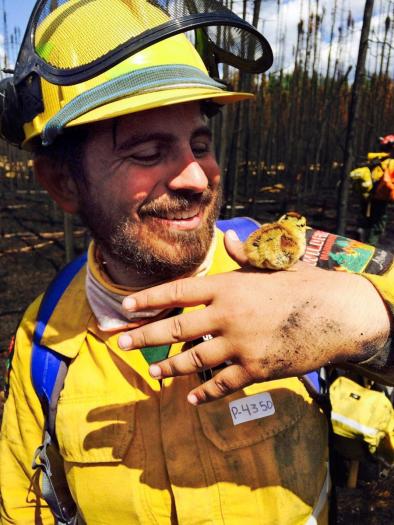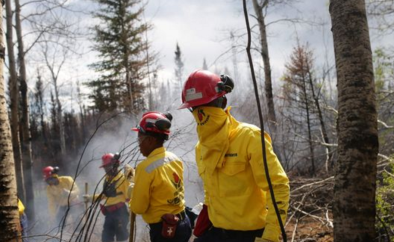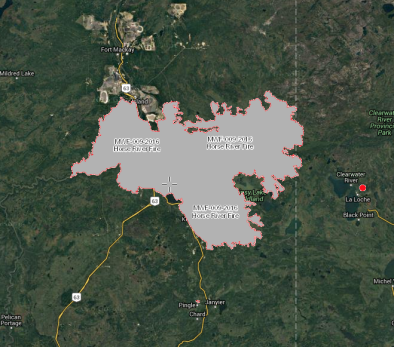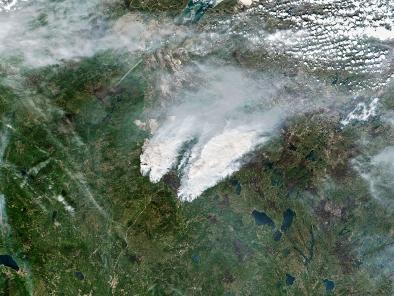Here’s the Climate Context For the Fort McMurray Wildfire
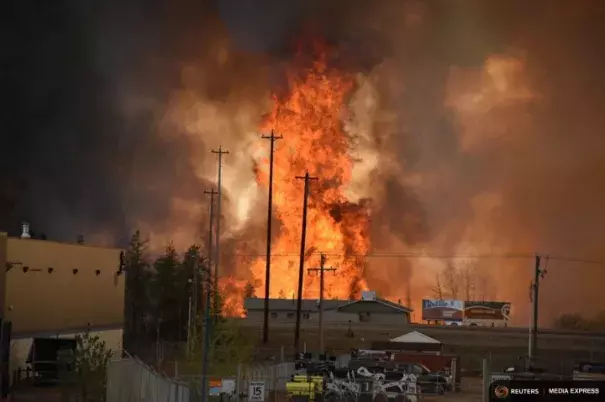
The wildfire is the latest in a lengthening lineage of early wildfires in the northern reaches of the globe that are indicative of a changing climate. As the planet continues to warm, these types of fires will likely only become more common and intense as spring snowpack disappears and temperatures warm...
Temperatures soared into the low 90s — up to 40°F (22°C) above normal for this time of year — coupled with high winds helped fan the flames late that afternoon...
Boreal forests are burning at a rate unprecedented in the last 10,000 years. A Climate Central analysis of Alaskan wildfires last year showed that the season is 40 percent longer than it was 65 years ago. Large wildfires there have also doubled over that time.
Climate change has been altering background conditions, but this year’s El Niño also likely played a role in this particularly severe start to wildfire season in western Canada. Following the 1997-98 super El Niño, western Canada experienced a particularly severe wildfire season
Related Content
